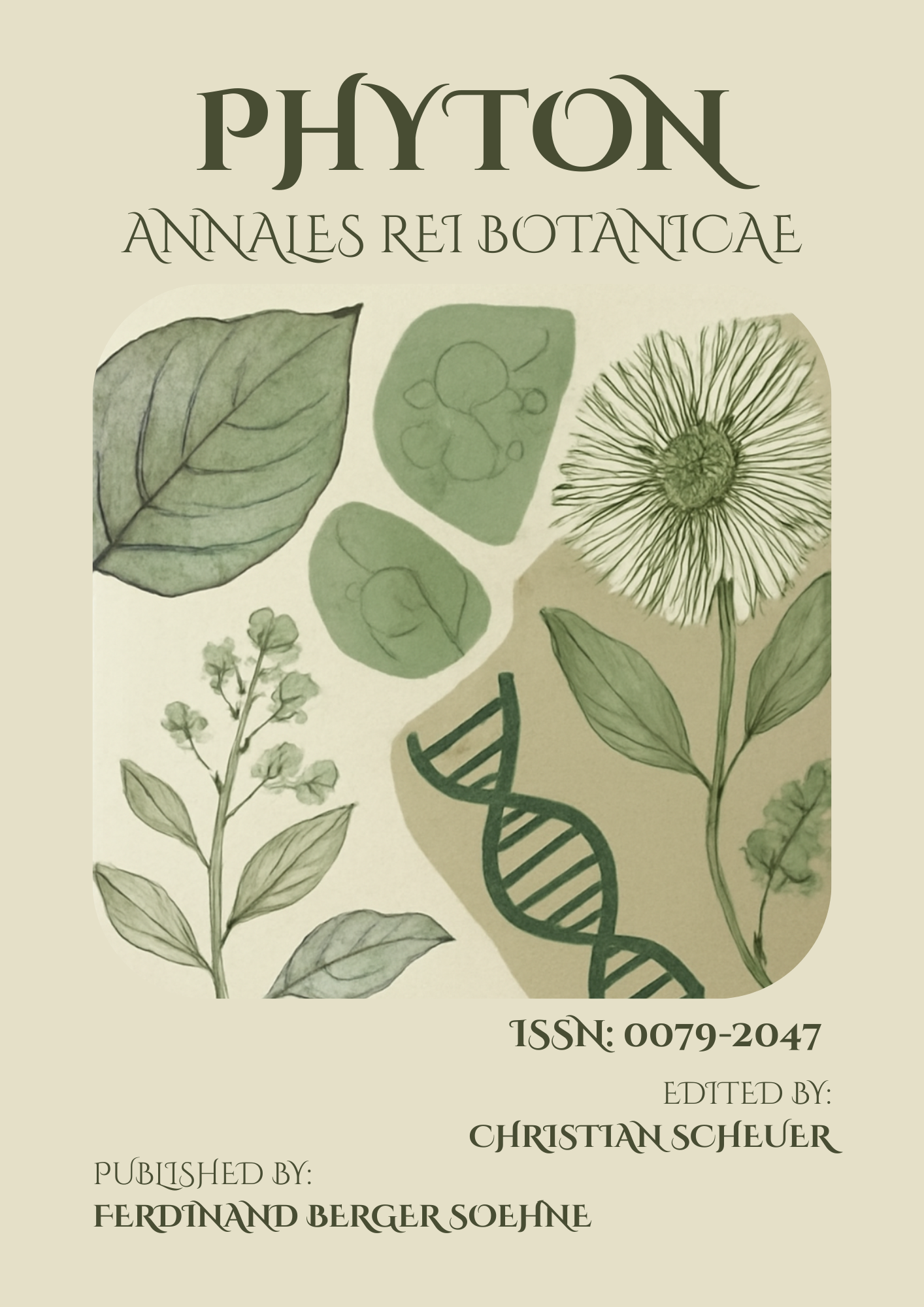Phytoremediation of Heavy Metal-Contaminated Soils: Evaluating the Efficacy of Chinese Herbs
Keywords:
phytoremediation, heavy metals, soil contamination, Chinese herbs, environmental restorationAbstract
Heavy metal contamination in soils is a major environmental issue in China, particularly in industrial and mining regions, where pollutants such as lead, cadmium, and arsenic pose serious health risks. Phytoremediation, the use of plants to remove or neutralize contaminants, has emerged as an eco-friendly solution. This study explores the potential of Chinese medicinal herbs for phytoremediation in heavy metal-contaminated soils. A selection of herbs, including Artemisia annua (sweet wormwood), Scutellaria baicalensis (Baikal skullcap), and Houttuynia cordata (fish mint), was tested for its ability to tolerate and accumulate heavy metals from contaminated soils. Field trials were conducted in areas affected by mining and industrial waste. Results indicated that Scutellaria baicalensis and Houttuynia cordata were particularly effective in accumulating heavy metals in their roots, with significant reductions in soil cadmium and lead concentrations. The study also found that these plants exhibited high antioxidant activity and improved soil health by promoting microbial activity and organic matter decomposition. This research demonstrates the viability of using Chinese medicinal herbs for phytoremediation, offering a sustainable and low-cost approach to restoring polluted lands. It also emphasizes the need for integrating plant-based solutions into broader environmental management strategies in China.
Published
How to Cite
Issue
Section
License
Copyright (c) 2024 PHYTON-ANNALES REI BOTANICAE

This work is licensed under a Creative Commons Attribution-NonCommercial-ShareAlike 4.0 International License.
This article is published under the terms of the Creative Commons Attribution-NonCommercial-ShareAlike 4.0 International License (CC BY-NC-SA 4.0). Readers may share and adapt the material for non-commercial purposes, provided appropriate credit is given and adaptations are shared under the same license.



